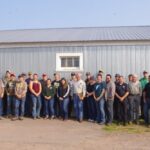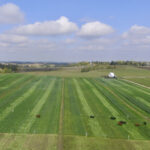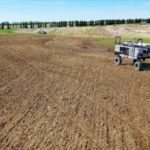If you’re new to beef production or looking to expand your skillset, start with our roundup of resources for practical skills and knowledge No matter where you are in your career, there’s always value in learning something new. When the Maritime Beef Council created the Atlantic Beef School, the goal was to provide the region’s […] Read more














